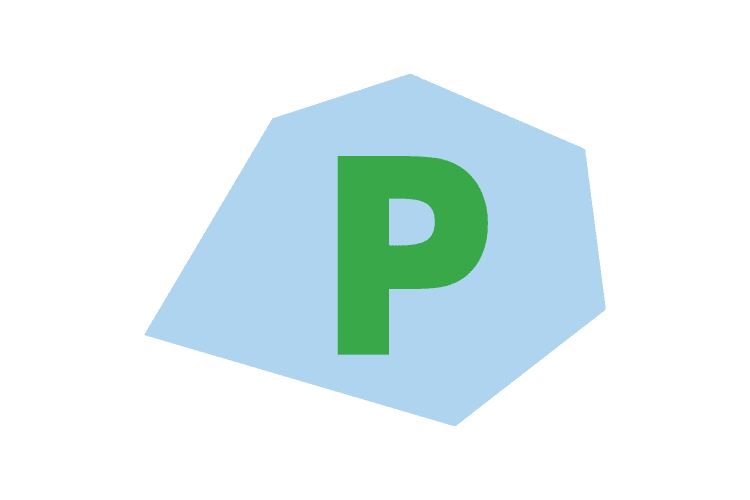AngularJS, an open-source JavaScript framework developed by Google, is lauded for its capacity to build rich, dynamic, and single-page web applications. A key contributor to its power and flexibility is the range of components that form the building blocks of an AngularJS application. In this article, we’ll explore the core components of AngularJS and how they work together to create robust web applications.
Table of Contents
ToggleAngularJS Components: The Pillars of Power
AngularJS is a structured, modular framework with several key components, each playing a crucial role in building web applications. These components include modules, controllers, directives, services, factories, providers, and filters.
Modules
A module is a container for the different parts of an application, including controllers, services, filters, directives, etc. It serves as the application’s mainframe, where you define dependencies and configurations. A well-defined module facilitates better organization, reuse, and testing of code.
Controllers
Controllers are JavaScript functions that provide data and logic to HTML UI. They act as a bridge between services (business logic) and views (UI). Controllers are defined using the ng-controller directive and are responsible for setting up the initial state of the $scope object and adding behavior to it.
Directives
Directives are markers on a DOM element that tell AngularJS’s HTML compiler to attach a specified behavior to that DOM element or even transform the DOM element and its children. AngularJS comes with many built-in directives like ngBind, ngModel, etc. However, you can also create custom directives, which can help encapsulate and reuse complex DOM structures, behaviors, and event handlers.
Services
Services in AngularJS are singleton objects or functions that carry out specific tasks. They hold reusable logic that can be used across the application. Services are lazily instantiated, meaning they are only created when a component depends on them. Some built-in AngularJS services include $http, $route, $window, etc.
Factories
Factories are similar to services and provide a way to generate a single object or function that represents the service to the rest of the application. The object or function is created by a ‘factory’ function, which is then used wherever it’s needed.
Providers
Providers are the core of all AngularJS services, providing the configuration for a service. A provider is an object with a $get method, which is used to create a new service. Each service in AngularJS has an associated provider.
Filters
Filters in AngularJS format the value of an expression for display to the user. They can be used in view templates, controllers, or services, and AngularJS comes with several built-in filters. You can also define your own custom filters.
Wrapping Up
The versatility and dynamism of AngularJS lie in its robust components. Modules, controllers, directives, services, factories, providers, and filters – each of these plays an integral role in the framework’s architecture. Understanding these components and their interactions is pivotal to leveraging the full power of AngularJS.
Whether you’re building a simple web application or a complex enterprise solution, these AngularJS components provide the flexibility and scalability required to meet your needs. In mastering these, you’ll not only build better AngularJS applications but also set a strong foundation for understanding more advanced AngularJS concepts.


